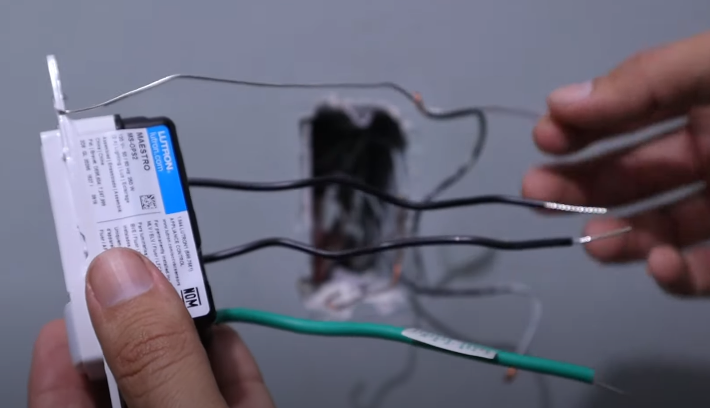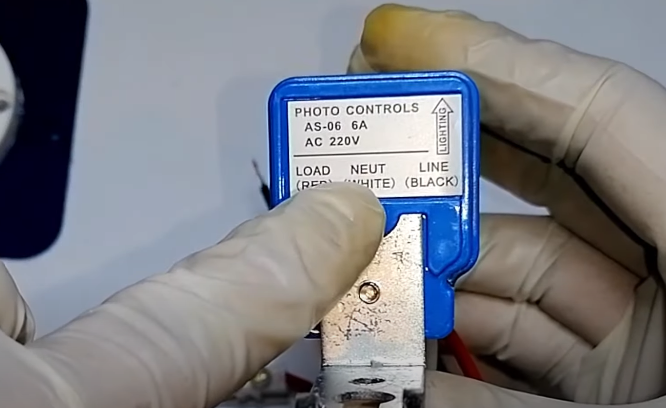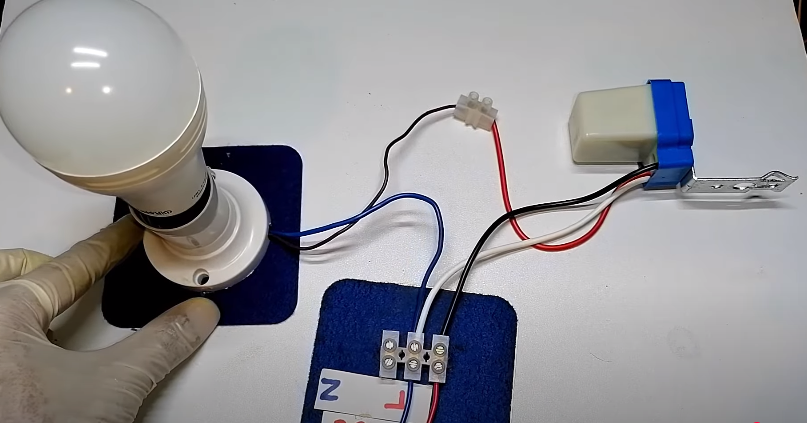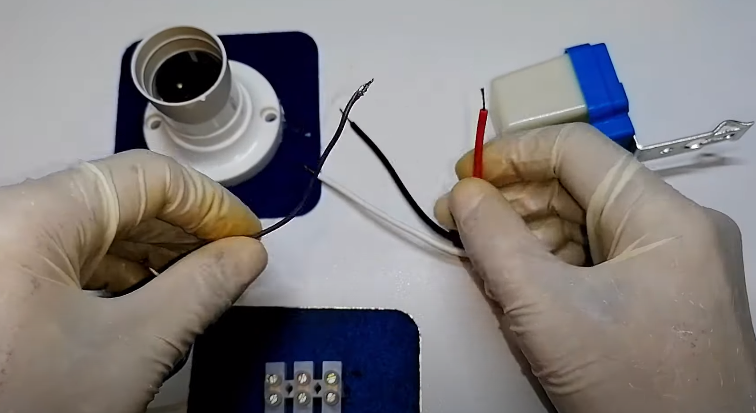As someone who’s spent years tinkering with smart light switch with motion sensor improvement projects and always looking for ways to save energy, I’ve installed my fair share of motion sensor light switches. I’ve seen firsthand how they can make a real difference in both convenience and your electric bill. So, I’m excited to share what I’ve learned and walk you through the process of swapping out your old light switch for a motion-activated one. This guide will break it down step by step, offering helpful tips and insights along the way.

Understanding smart light switch with motion sensor Switches
Before you grab your tools, let’s talk about what motion sensor switches are and how they actually work. These clever devices, sometimes called occupancy sensors or automatic light switches, use technology to detect movement and automatically turn your lights on and off.
How Motion Sensor Switches Work
There are a few different ways motion sensor switches detect movement:
- Passive Infrared (PIR): These are the most common type and work by sensing changes in heat. Think of it like how security systems detect intruders. They’re reliable and energy-efficient, which is why I usually recommend them for homes.
- Ultrasonic: These sensors send out high-frequency sound waves and measure how they bounce back. They’re good at detecting movement even around corners, but can sometimes be triggered by things other than people.
- Dual Technology: As the name suggests, these combine PIR and ultrasonic technology for more accurate motion detection and fewer false triggers.

Benefits of Upgrading to a Motion Sensor Switch
Why should you make the switch? Here are a few compelling reasons:
- Save Energy: No more lights left on all day! They turn off automatically when no one’s around, which can add up over time.
- Convenience: Imagine walking into a room and the lights just turn on. No more fumbling for switches in the dark! This is especially handy in places like hallways, closets, or the garage.
- Added Security: Outdoor motion sensor lights can be a great deterrent for unwanted visitors. Plus, they light up your pathways, making it safer to walk around at night.
- Longer Bulb Life: Because the lights aren’t on as much, your bulbs will last longer, saving you money on replacements.
I remember when I first installed motion sensors throughout my house. I was amazed at how much my electricity bill dropped – it was like getting a little bonus every month!
Preparing for the Installation
Safety first! Working with electricity can be dangerous, so it’s crucial to take the proper precautions.
- Turn off the Power: Go to your breaker box and turn off the power to the circuit that controls the light you’re working on. Don’t skip this step!
- Double-Check: Use a voltage tester to make absolutely sure the power is off before you touch any wires. Better safe than sorry.
- Tell Others: Let everyone in the house know you’ll be working on the electrical system.
Here’s what you’ll need:
- New motion sensor switch (make sure it’s compatible with your wiring – more on that later)
- Screwdrivers (Phillips and flathead)
- Wire strippers/cutters
- Voltage tester
- Wire nuts (to connect wires safely)
- Electrical tape (for extra insulation if needed)
- Flashlight (because it’s going to be dark when you turn off the power)
Pro Tip: Before you disconnect anything, take a picture of how the wires are connected to the old switch. This is a lifesaver if you get confused later!

Installing the Motion Sensor Switch
Okay, let’s get down to business.
Understanding Wire Connections
Here’s a quick rundown of what the different colored wires usually mean:
- Black: This is the “hot” wire, the one that carries power from the source.
- Red or Blue: This is the “load” wire, which connects to the light fixture.
- Green or Bare Copper: This is the ground wire, which provides a safe path for electricity in case of a fault.
- White: This is the neutral wire, and some motion sensor switches require it. We’ll talk more about this in a bit.
Step-by-Step Installation Guide
Remove the Old Switch: Take off the switch plate and unscrew the old switch from the electrical box.
Disconnect the Wires: Carefully disconnect the wires from the old switch. If they’re stiff, you might need to use pliers.
Connect the New Switch: This is where the wiring diagram that came with your new switch is essential. It will show you exactly which wire goes where. Generally:
- Connect the black (hot) wire to the “LINE” terminal on the new switch.
- Connect the red or blue (load) wire to the “LOAD” terminal.
- Connect the green or bare copper (ground) wire to the ground screw on the switch.
- If your switch needs a neutral wire (white), connect it to the “NEUTRAL” terminal.
Tuck and Secure: Carefully push the wires back into the electrical box and screw the new switch in place.
Attach the Plate: Put the switch plate back on.
Turn the Power Back On: Go back to the breaker box and flip the switch back on.
Test It Out: Make sure the light turns on when you move and turns off after the set time.
Important Note: Not all motion sensor switches are created equal. Some require a neutral wire, and some don’t. If your electrical box doesn’t have a neutral wire, you’ll need to buy a switch that doesn’t require one. The instructions that come with the switch will tell you what you need.

Programming and Adjusting
Once the switch is installed, you might need to adjust a few settings.
Sensitivity
Most switches let you adjust how sensitive they are to motion. If the light is turning on when it shouldn’t (like if a curtain is blowing in front of it), you might need to lower the sensitivity.
Time Delay
This setting determines how long the light stays on after motion is detected. You can usually adjust it from a few seconds to several minutes.
Light Levels (Sometimes)
Some fancier switches even let you adjust the light level at which they activate. This is useful if you don’t want the light to turn on during the day.
Troubleshooting
Even if you’re careful, things can sometimes go wrong. Here are a few common issues:
- Light Won’t Turn On: Double-check the wiring, the bulb, and the breaker.
- Light Stays On Too Long: Adjust the time delay setting.
- False Triggers: Adjust the sensitivity or make sure nothing is moving near the sensor.
If you’re ever unsure about anything, it’s always best to call a qualified electrician. Electricity is nothing to mess around with!

Unlock the full potential of your smart home device. Learn how to connect, automate, and optimize your smart devices for a seamless and convenient lifestyle.


1 thought on “How to Change a Light Switch to a Motion Sensor: A Wide Guide in 2025”